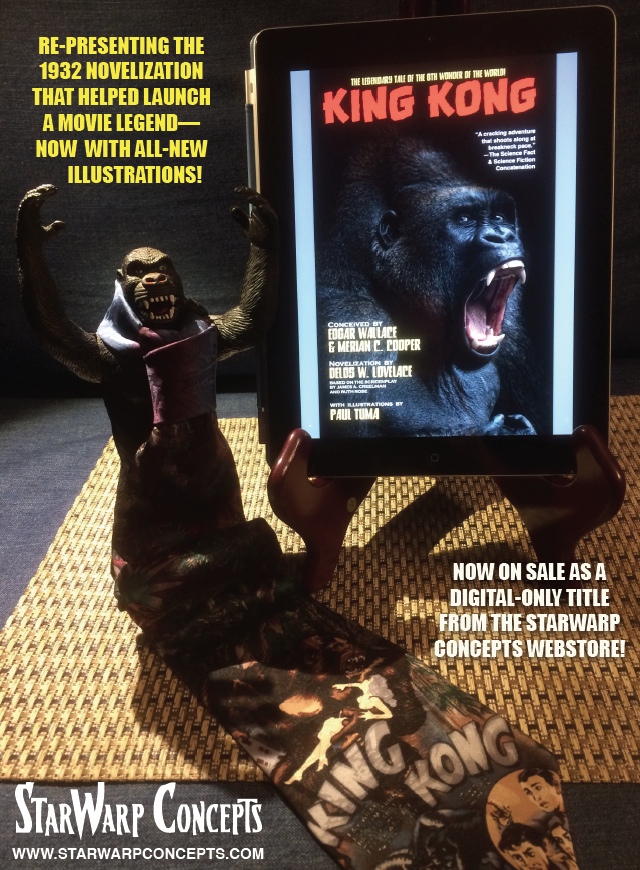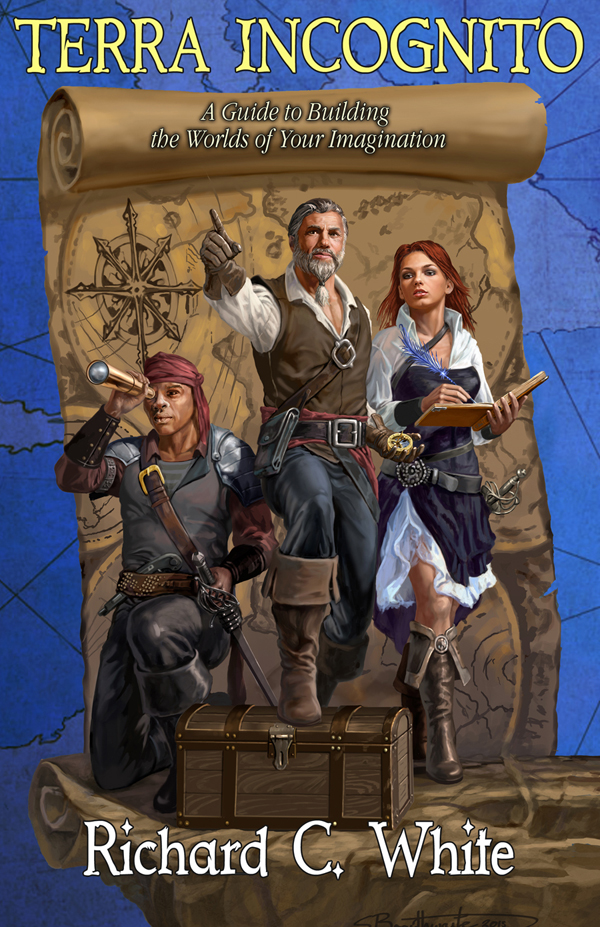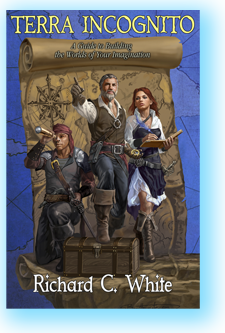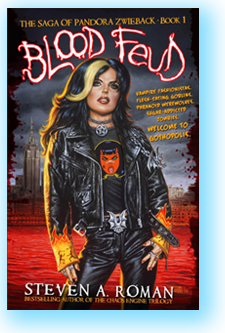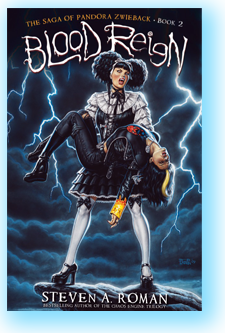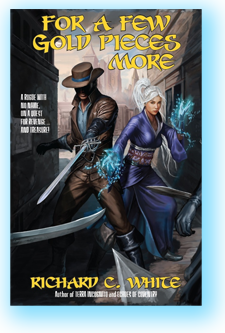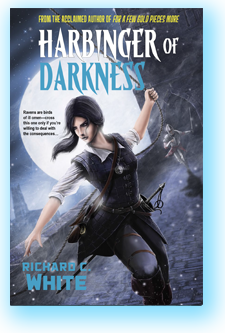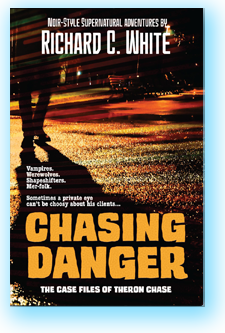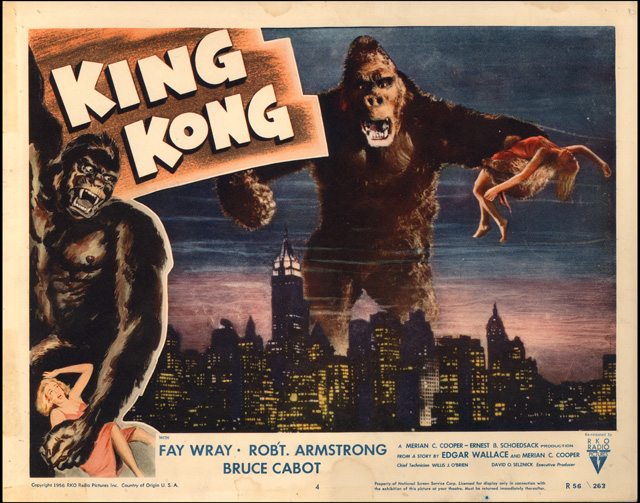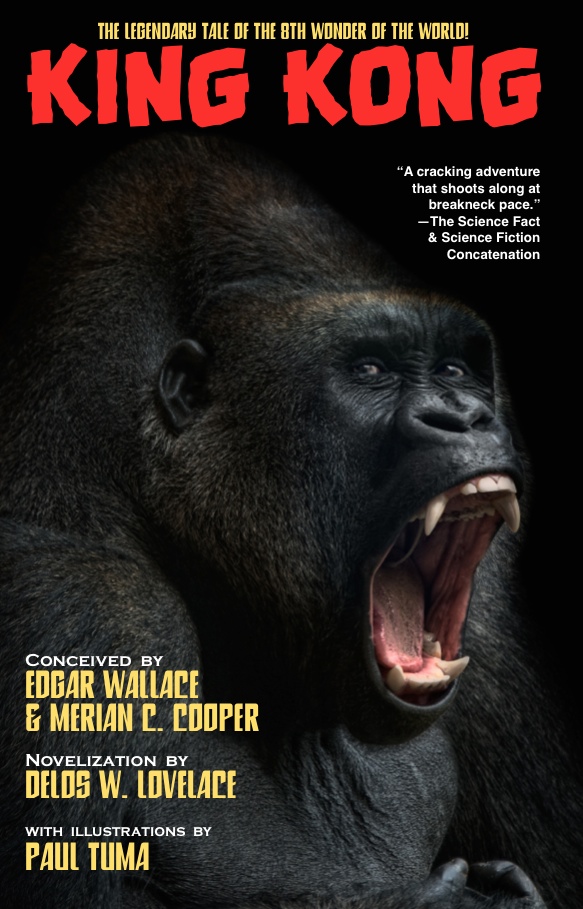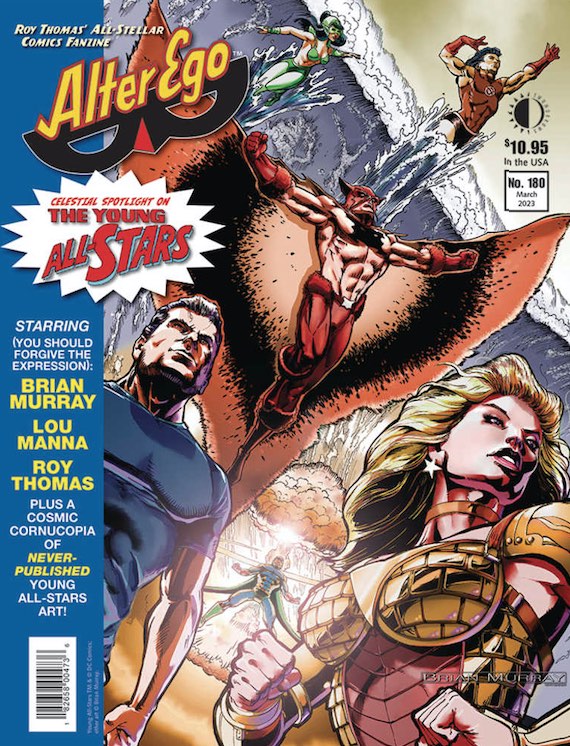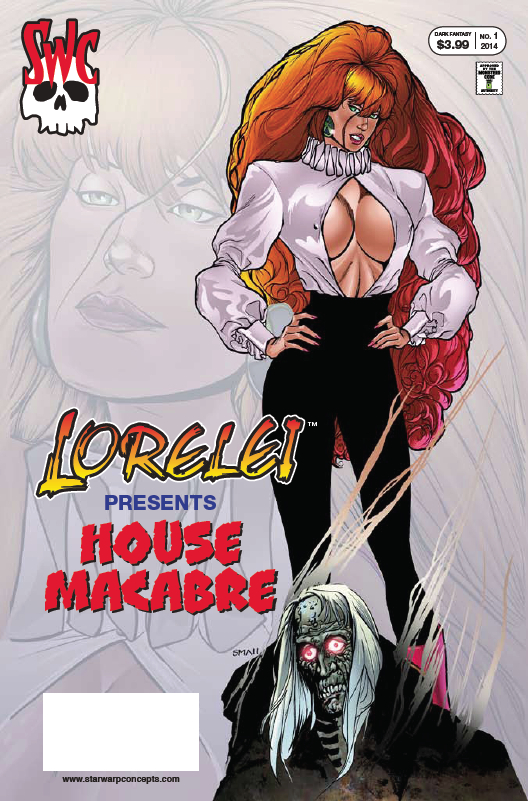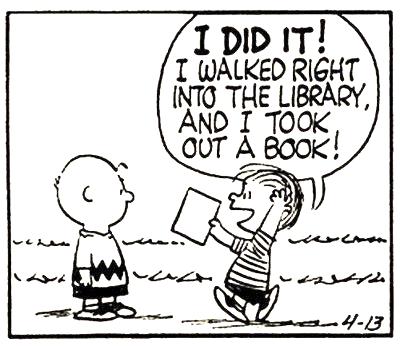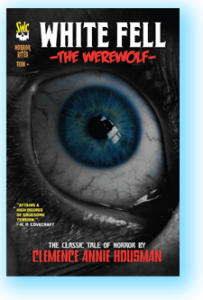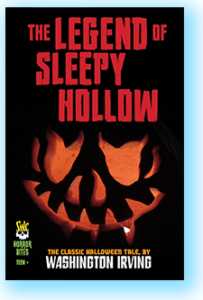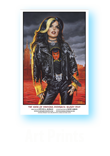On sale right now at comic shops, from TwoMorrows Publishing, is Alter Ego #180, the latest issue of the comic-history magazine overseen by writer/editor/comic legend Roy Thomas (The Avengers, Conan the Barbarian). The issue focuses on Thomas’s The Young All-Stars, a DC Comics World War II–set superhero series that spun-off from his extremely popular All-Star Squadron series (I never missed an issue of either, back in the day).
Among the talented artists interviewed for their behind-the-scenes stories on YAS is Lou Manna, who penciled the series’ final four issues, as well as issues of All-Star Squadron, Infinity Inc., The Legion of Super-Heroes, and House of Mystery. The piece is loaded with behind-the-scenes photos as well as never-before-seen art for YAS. It’s definitely worth a read (as is the rest of the issue, if you’re a Bronze Age comics fan).
And while we’re on the subject of Lou Manna, perhaps you might want to check out a contribution he made to one of our own comic projects…
(Ulterior motive engaged…)
Lorelei Presents: House Macabre is the first outing of our resident soul-stealing succubus as the hostess of a horror comic anthology. In this one-shot special, which features eye-catching cover art by fan-favorite artist Louis Small Jr. (Vampirella, Vampirella Strikes), you’ll find four tales of horror:
One of those stories is “All in Color for a Crime,” written by Steven A. Roman (that’s me!), with art by the esteemed Lou Manna, in which two comic book collectors clash over a rare back issue—but only one of them will be adding it to their long boxes.
If I remember correctly, Lou and I met in late 2001/early 2002 at a New York comic convention (probably one of the ones run by longtime promoter Fred Greenberg), although I don’t remember if it was because he stopped by my table as he made the rounds looking for paying gigs from publishers big and small, or because someone had put us in touch prior to the show.
Either way, as a fan of Young All-Stars I knew exactly who he was, and was excited that he was willing to work for such a small operation as mine, so I lost no time in giving him a contract and script for “All in Color.” It was originally intended to appear as a backup story in Lorelei, Vol. 2 #3—except I wound up canceling the series due to low sales figures on the first two issues, and the already-lettered art was put aside in the digital vault. Skip ahead to years later, and Lou’s sole contribution to the SWC comic archives finally made its long-overdue debut in House Macabre.
Lou’s kept himself in the years since he delivered “All in Color,” as an artist for such indie houses as Moonstone Comics (The Phantom) and Heroic Publishing (Icicle, Champions, and Chrissie Claus). Samples of his other work can be seen at his Louis Manna website.
As for the other stories in House Macabre…
“The Old, Dark Manse” is also written by me, penciled by Uriel Caton (JSA Annual, Heartstopper: The Legend of La Bella Tenebrosa), and inked by “Chainsaw” Chuck Majewski (Harvey Kurtzman’s New Two-Fisted Tales), and has Lori welcoming readers to this special.
“The Basilisk,” from me and artist John Pierard (Graphic Classics: Horror Classics, My Teacher Fried My Brains), is a “Lori’s Feary Tale” that examines the history of a supernatural creature that’s a cross between a deadly snake and a…chicken?!
And wrapping up the special is “Requiem for Bravo 6,” by New York Times bestselling author and comic writer Dwight Jon Zimmerman (She-Hulk, Iron Man, Web of Spider-Man) and artist Juan Carlos Abraldes Rendo (Bloke’s Terrible Tomb of Terror), in which a special-ops team goes on a life-or-death mission…but will they be prepared for what awaits them at mission’s end?
Alter Ego #180 is available at your local comic shop, and from TwoMorrows Publishing.
Lorelei Presents: House Macabre is available in print and digital formats from the SWC webstore. Visit its product page for ordering information and sample pages.
